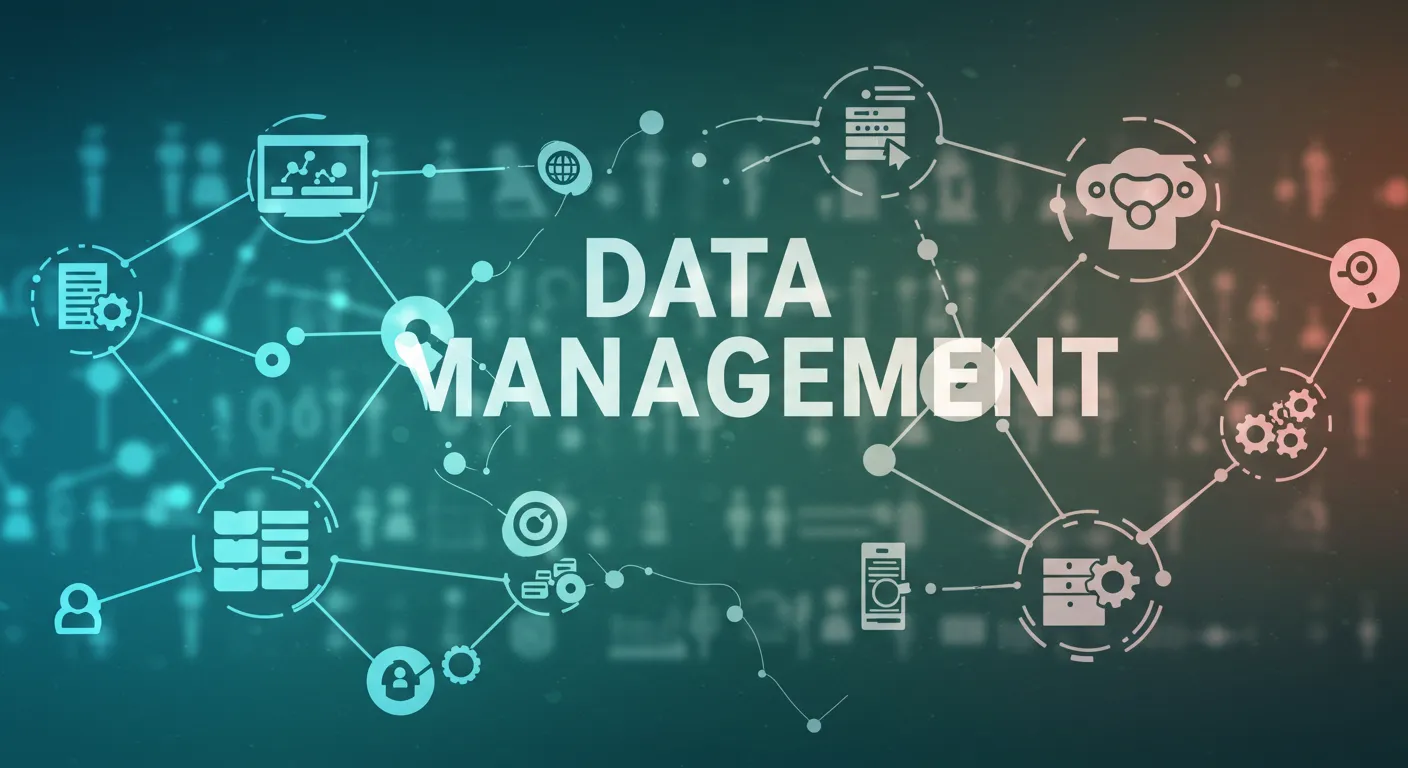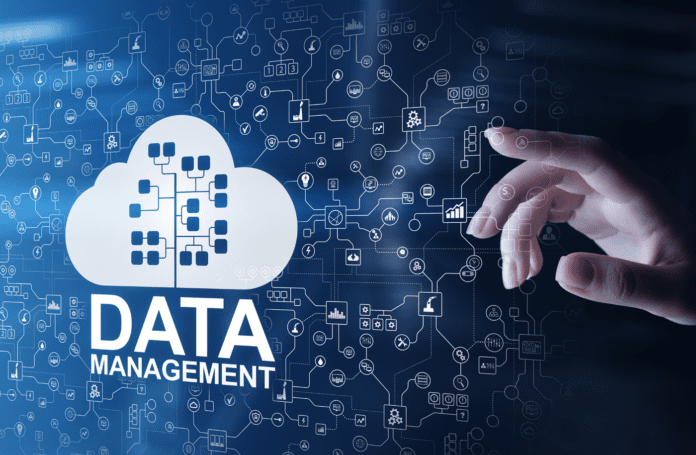The digital economy is defined by velocity. In a world where customer expectations are instantaneous, supply chains are digitized, and competition is global, relying on insights derived from batch-processed data—information that is hours or days old—is tantamount to driving a high-performance vehicle by looking solely through the rearview mirror. The true competitive advantage lies in harnessing data as it happens. This paradigm shift marks the ascendancy of Real-Time Data Streams, the technological backbone that powers instantaneous decision-making, hyper-personalized customer experiences, and superior operational intelligence. The simple truth is: Real-Time Data Streams Drive Modern Business. Companies that master the ingestion, processing, and application of streaming data are securing an insurmountable lead, transforming their operations from reactive systems to proactive, intelligent engines that anticipate the future.
The Unacceptable Cost of Lagging Data

In today’s environment, the delay between a business event occurring and a decision being made based on that event is the single greatest inhibitor of growth and efficiency.
A. The Velocity Imperative: Why Seconds Matter
The value of data is inversely proportional to its age. For many critical business functions, data loses its predictive and prescriptive power within moments of being generated.
Situations Where Low Latency is Non-Negotiable:
A. Financial Trading: High-Frequency Trading (HFT) platforms must execute trades based on market data in micro-seconds. A delay of just a few milliseconds can mean the difference between massive profit and significant loss. Low Latency Analytics is the bedrock of this industry.
B. Fraud Detection: Identifying fraudulent transactions requires instantaneous analysis of credit card swipes or login attempts. A batch system would approve the fraudulent transaction before an alert could be generated, resulting in irreversible financial loss.
C. Customer Experience and Personalization: Delivering a truly personalized “Next Best Offer” or dynamic website pricing must happen instantly, based on the customer’s current clickstream and browsing behavior. A 5-second delay nullifies the opportunity.
D. Industrial IoT and Safety: In a smart factory or autonomous vehicle, sensor data indicating a malfunction or an impending collision must be acted upon in real-time. Delayed processing can lead to catastrophic equipment failure or human risk.
B. Defining the Real-Time Spectrum
The term “Real-Time” can be ambiguous. For modern stream processing, it implies a level of speed necessary for immediate action.
Classifying Data Processing Speeds:
A. Batch Processing (High Latency): Data is collected over a period (hours, days), stored, and processed in large chunks. Time-to-Insight: Minutes to Days. Suitable for historical reporting and long-term planning.
B. Near Real-Time (Medium Latency): Data is processed in micro-batches, perhaps every few seconds or minutes. Time-to-Insight: Seconds to Minutes. Better than batch, but still insufficient for true instantaneous action.
C. True Real-Time (Low Latency): Data is processed as individual events or small windows of events as they arrive, with minimal delay. Time-to-Insight: Sub-second to Milliseconds. Essential for Event-Driven Architecture (EDA) and Real-Time AI.
D. Event-Driven Architecture (EDA): A core design pattern where system components communicate by emitting and reacting to events in real-time. This is the organizational structure that allows True Real-Time processing to occur at the application level.
The Technical Pillars of Stream Processing Architecture

Building a resilient, scalable Stream Processing Architecture is fundamentally different from traditional Extract, Transform, Load (ETL) batch data warehousing. It requires specialized tools and design patterns.
A. The Core Components of the Data Stream Pipeline
A robust real-time data pipeline must be able to ingest, transport, process, and act on massive data volumes simultaneously.
Key Architectural Elements:
A. Stream Ingestion and Messaging Systems: Tools like Apache Kafka or Amazon Kinesis are mandatory. They act as the central nervous system, efficiently receiving, buffering, and reliably distributing high-volume streams of events to multiple downstream consumers without data loss. This ensures Data Velocity is maintained.
B. Stream Processing Engines: Specialized platforms (e.g., Apache Flink, Spark Streaming) are designed to perform complex analytics on data in motion. They allow for filtering, aggregation, correlation, and complex windowing (analyzing data within a specific time frame) before the data is stored.
C. Low-Latency Storage (NoSQL/NewSQL): Traditional relational databases are too slow for real-time reads and writes. Modern architectures rely on specialized NoSQL databases (e.g., Cassandra, Redis) or high-performance NewSQL systems designed for rapid key-value lookups and instantaneous access by applications.
D. API Gateways for Action: The final step involves exposing the derived, real-time insights via high-speed Application Programming Interfaces (APIs) directly to applications (e.g., a fraud engine, a recommendation service) so that an Instantaneous Business Decision can be executed.
B. Processing Logic: Stateless vs. Stateful Analysis
Effective stream processing must navigate the complexity of performing calculations that sometimes require remembering past events.
Analytical Requirements in Real-Time:
A. Stateless Processing: Simple transformations or filtering that can be applied to an event independently of any previous events. Example: Filtering out bot traffic based on IP address. This is fast and highly scalable.
B. Stateful Processing: Complex transformations that require the system to maintain a state or memory of past events over a defined window. Example: Calculating a running average of stock prices over the last 60 seconds (requires memory). This is significantly more challenging and requires robust fault tolerance.
C. Time Management and Watermarks: Dealing with real-time data means dealing with “out-of-order” events (data that arrives late). Advanced stream processors use Watermarks—logical markers that indicate how late an event can be and still be processed—to ensure the accuracy of time-sensitive calculations.
D. Real-Time AI/ML Inference: Deploying pre-trained Machine Learning Models (e.g., for sentiment analysis or anomaly detection) directly within the stream processing engine. This allows for instantaneous scoring and classification of events as they occur, providing Real-Time AI capabilities.
Industry-Specific Real-Time Data Applications
The shift to Event-Driven Architecture is transforming entire industry sectors, creating new revenue models and setting new standards for efficiency.
A. Customer-Facing Applications and Personalization
Real-time data provides the granular, contextual information needed for hyper-personalization, increasing engagement and conversion rates.
Real-Time Customer Experience Use Cases:
A. Dynamic Pricing and Offer Generation: E-commerce sites analyze current inventory, competitor prices, and a user’s immediate on-site behavior to dynamically adjust the product price or trigger a specific discount offer at checkout, maximizing conversion and margin.
B. Session-Based Personalization: Media and streaming platforms use the user’s current interaction data (scroll depth, pause time, click patterns) to instantly swap out recommended content, advertisements, or news feeds to maximize viewing time or ad exposure.
C. Proactive Customer Service: If a user clicks the FAQ page or shows signs of frustration (e.g., rapid mouse movements, repeated clicks), the stream processing system can instantly trigger a personalized service intervention, such as a targeted chatbot or a prioritized human service ticket.
D. Anomaly Detection in User Activity: Real-time data streams can flag unusual activity—like a customer trying to log in from two different continents within minutes—triggering immediate security checks or fraud alerts.
B. Operational and Industrial Intelligence
The most profound impact of stream processing is in automating decision-making in physical systems, known as Industrial IoT (IIoT).
Real-Time Operational Use Cases:
A. Predictive Maintenance for IIoT: Sensors on machinery transmit data (vibration, temperature, pressure) constantly. The stream processor applies an ML model to this data to predict an imminent equipment failure hours or days in advance, allowing maintenance to be scheduled before the failure causes costly downtime.
B. Supply Chain Visibility and Logistics: Monitoring real-time GPS and sensor data from shipping containers, trucks, and warehouses allows systems to instantly identify potential delays (e.g., a truck stopping outside a designated area) and proactively recalculate optimal routes or inform customers of revised delivery times.
C. Smart Grid Load Balancing: Utilities monitor energy consumption and generation in milliseconds. Real-time stream processing adjusts energy distribution across the grid to prevent outages, manage load spikes, and integrate intermittent renewable energy sources (like solar or wind) without system failure.
D. Security and Cybersecurity: Network logs and firewall data are streamed and processed in real-time to detect sophisticated Zero-Day Attacks or intrusion attempts as they begin, enabling automated, instantaneous isolation of the affected network segments.
The Strategic Roadmap for Stream Adoption
Transitioning from batch to Event-Driven Architecture (EDA) requires a structured approach that addresses data, technology, and organizational culture.
A. The Steps to Real-Time Maturity
A phased approach helps manage complexity and ensures early ROI realization to fund further investment.
Strategic Phases for Stream Adoption:
A. Identify High-Value Use Cases: Begin by pinpointing 1-2 business problems where the cost of latency is highest (e.g., fraud, customer churn, manufacturing failure). This ensures immediate, measurable Predictive Analytics ROI.
B. Establish the Messaging Backbone: Implement and stabilize a robust, scalable stream ingestion system (e.g., Kafka). This provides the essential, centralized event hub that all future real-time applications will rely upon.
C. Develop the Stream Processing Capability: Integrate a stream processing engine and build simple, stateless pipelines first. Gradually introduce complexity by moving to stateful processing, time windowing, and integrating Real-Time AI models.
D. Embrace Event-Driven Culture: Shift internal development teams from request/response thinking to an Event-Driven mindset. Promote the idea of services communicating through asynchronous events rather than direct, synchronous calls, which inherently promotes scalability and low latency.
B. Overcoming Technical and Cultural Hurdles
The distributed and complex nature of stream processing introduces unique challenges for data governance and reliability.
Critical Challenges in Stream Adoption:
A. Data Governance in Motion: It is significantly harder to ensure data quality, lineage, and compliance when data is constantly moving. Robust Data Governance frameworks must be extended to cover data streams, not just data at rest in databases.
B. Fault Tolerance and Reliability: Real-time systems must be designed for continuous operation. Implementing robust Fault Tolerance (the ability to recover from a system failure without data loss) and high availability is technically demanding and crucial for mission-critical applications.
C. Skills Gap in Stream Engineering: The required expertise—advanced knowledge of distributed systems, stream processing semantics, and low-latency programming—is scarce. Organizations must invest heavily in training existing teams or recruiting specialized Stream Engineers.
D. Complexity of State Management: Managing the state of millions of concurrent events reliably across a distributed cluster is highly complex. Choosing the right state management and persistence layers is a make-or-break decision for Stateful Processing applications.
Conclusion
The core message is unmistakable: Real-Time Data Streams Drive Modern Business, and they represent the only sustainable path to Instantaneous Business Decisions and enduring competitive advantage. The era of batch processing as the primary intelligence source is rapidly fading, giving way to Event-Driven Architecture (EDA) that processes data at the speed of the event itself—in milliseconds.
This detailed exploration has highlighted that achieving real-time capability is a fundamental architectural undertaking, built upon the non-negotiable pillars of a scalable messaging backbone (like Kafka) and powerful Stream Processing Engines (like Flink). This stack unlocks massive Predictive Analytics ROI across every enterprise function, from saving millions in Predictive Maintenance and fraud prevention to generating new revenue through hyper-personalized, Low Latency Analytics in customer experience.
The strategic imperative for leaders is to recognize that this is more than a technology upgrade; it is a profound cultural shift towards an Event-Driven Culture. Success requires a phased roadmap: identifying high-value use cases first, establishing a robust, fault-tolerant technical architecture, and aggressively addressing the Skills Gap in stream engineering. By mastering the complexities of Stateful Processing and extending Data Governance to data in motion, organizations can transition from merely reacting to events to proactively anticipating and shaping their own business outcomes, thereby securing their dominance in the instantaneous future.












